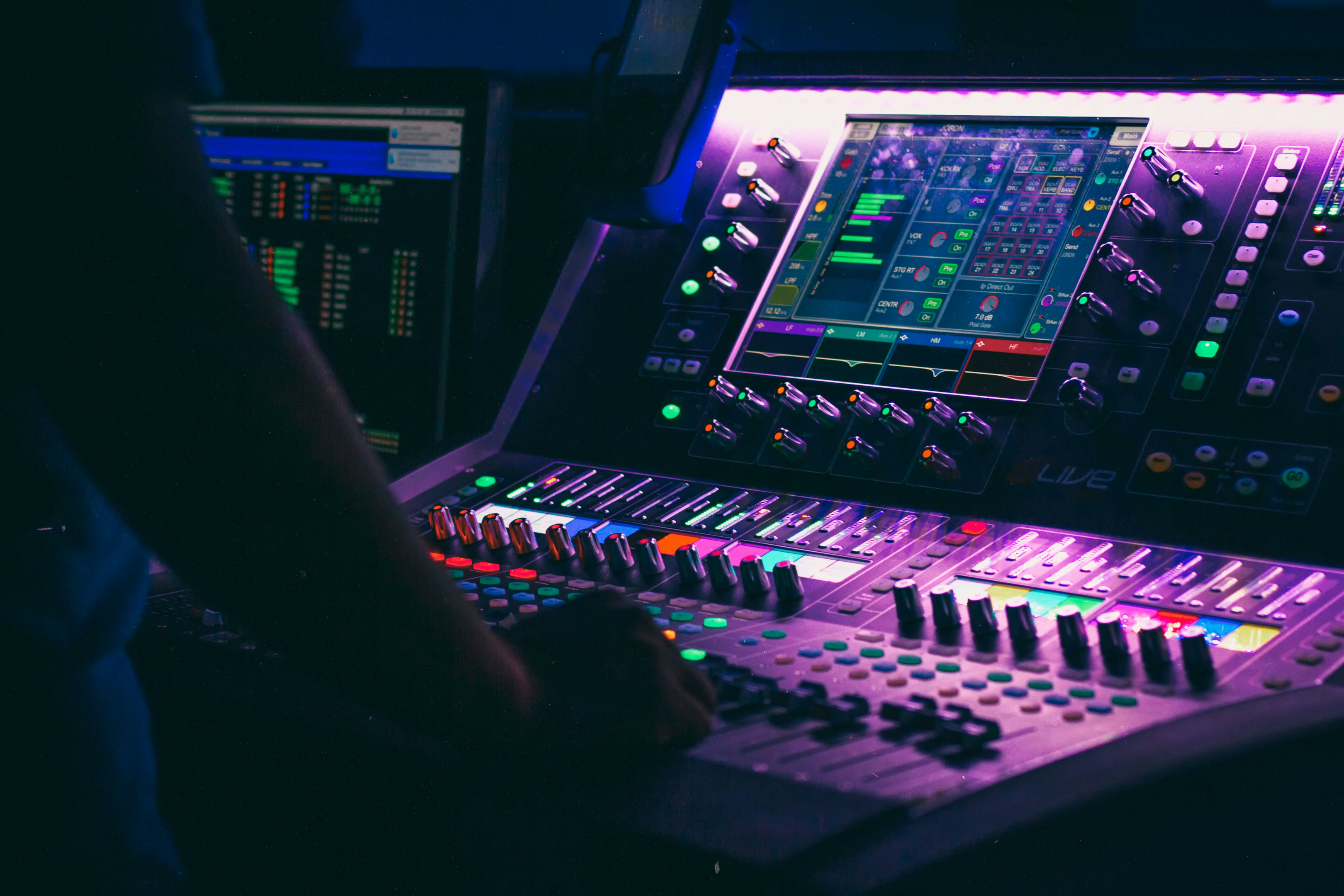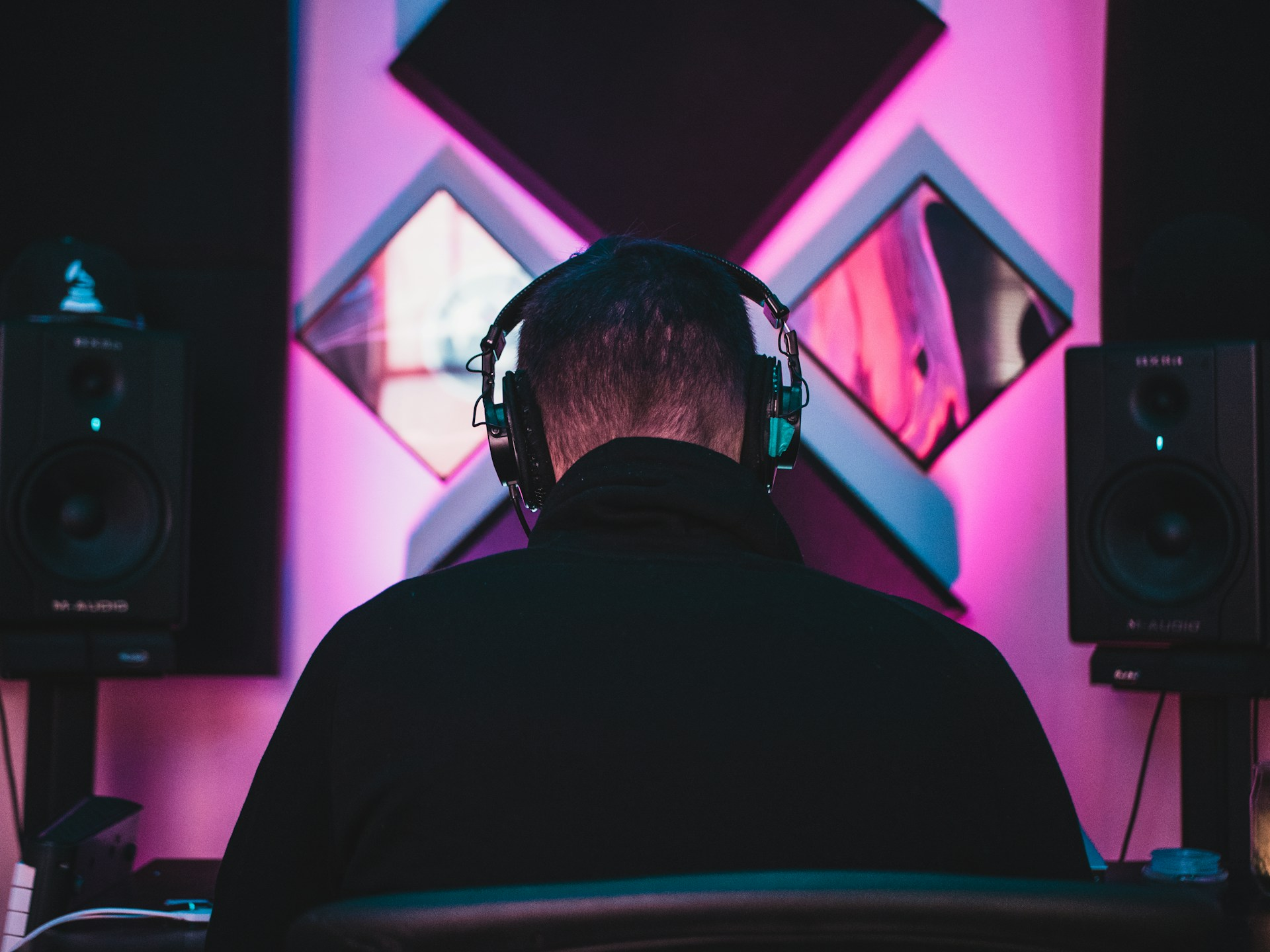Music and visual media are deeply interconnected, with songs like Kate Bush’s “Running Up That Hill” in “Stranger Things” and Celine Dion’s “My Heart Will Go On” in “Titanic” becoming iconic through sync licensing deals.
Sync licensing, short for “synchronization licensing,” is a process where artists grant permission for their music to be synchronized with visual media. Licensing is a significant part of the entertainment industry. A well-chosen track can elevate a scene or film to legendary status. Meanwhile, for indie musicians, licensing promises financial rewards and the chance to reach wider audiences. So, let’s dive into everything you need to know to get sync placements for your music.

Benefits of Sync Licensing for Indie Artists
When a sync license is obtained, artists receive payment for their songs when they are used alongside visual content such as films, TV shows, and commercials. In recent years, the demand for unique music in video games and online advertising has further expanded licensing opportunities, providing artists with more avenues to showcase their work. The collaboration between artists, publishers, and copyright holders through synchronization licensing can lead to increased visibility and audience reach. Consequently, successful placements can result in a song becoming a popular choice for additional projects, thereby amplifying its exposure.
The process of sync licensing opens up lucrative opportunities beyond traditional music sales and streaming. Also, copyright owners have the chance to be compensated fairly for their creative work, with music rights meticulously respected.
Getting Started with Sync Licensing

For artists new to sync licensing, the first step is creating high-quality recordings that appeal to music supervisors. If you’re a one-person team, there are a few ways to get music supervisors to listen to your music. In-person networking, DMs, and emails are all possible ways to connect. Be sure to pitch music that matches each project’s emotional tone. Also, emphasize the ways your music can help elevate a project.
It’s essential to familiarize yourself with the business side of music licensing, including standard fees and the structure of deals. If you receive a licensing request, engage in negotiations to ensure you’re fairly compensated. Discuss the terms of use including duration, exclusivity, and the prominence of your music within the project. Finally, ensure all negotiated terms are clearly documented in a written contract. This should detail compensation, usage rights, and any other pertinent information to protect your interests.
If this sounds overwhelming, know that you don’t have to take on this process on your own. Sync licensing companies help connect indie producers and creators with film companies and TV shows. They’ll negotiate deals for you and handle the business side of things.
Rights and Permissions

Understanding rights and permissions is crucial in the sync licensing process. There are two main rights to consider: synchronization rights, which cover the use of music with visuals, and mechanical licenses, related to song reproduction. Both are typically managed by your music publisher (if you have one). Since record labels own the master recording rights, artists signed to labels typically have to facilitate the licensing process with their label and publisher. However, being an independent artist simplifies the process of granting music licenses, as most indie artists own their masters. If you are signed to a music publisher or sync licensing company, they typically take care of the process of granting licenses. We talk more about the pros and cons of signing with a music publisher here.
Why You Should Consider A Sync Licensing Company

Sync licensing companies can be invaluable in helping you navigate the industry. They offer a streamlined way to connect your music with potential opportunities. Evaluate different companies based on their track record, industry connections, and the genres they specialize in. By incorporating a sync licensing company into your strategy, you can enhance your ability to secure valuable placements. You can leverage their expertise and networks to maximize your music’s reach.
Negotiating a Sync License

Negotiating the terms of sync licenses can be complicated. Firstly, factors like exclusivity, duration, and territory all impact the final agreement. Discussions involve copyright owners and music supervisors. Fees can vary widely and are influenced by factors such as the song’s popularity and its importance in the visual project, be it a film, TV show, or commercial.
Challenges in Sync Licensing
Navigating the realm of music licensing comes with its set of challenges for artists and copyright owners, despite the apparent opportunities. Presently, the market has seen a significant increase in independent artists seeking sync opportunities, making the landscape highly competitive. As a result, standing out to music supervisors and production companies requires not only high-quality music but also strategic pitching.

Our sister company, BE Music, is a sync licensing that provides high-quality music by indie artists for advertising, television, and film. BE Music has a carefully curated roster of exceptional songwriters and producers. Our innovative team focuses on nurturing and promoting emerging talent to enhance various media projects with unique music. Owing to our industry connections, we have placed secured sync placements for our artists with major brands like Google, Netflix, and Nike. Of course, we encourage doing your own research to find the best sync licensing company for you. If you’re interested in working with us at BE Music, you can submit your music here.
Conclusion

Sync licensing offers a world of opportunities for independent artists in the music industry, providing a viable income stream as well as the chance for widespread exposure. By understanding the licensing process, rights and permissions, and the art of negotiation, artists can leverage their music in the ever-evolving landscape of media and entertainment.
Still, if phrases like ‘mechanical license,’ ‘copyright owner,’ or ‘music publishing’ sound intimidating, don’t worry! Sync licensing businesses like BE Music are here to streamline the process for all parties involved.
Despite the challenges, understanding the sync licensing process, the rights involved, and how to effectively pitch music can lead to successful placements. In conclusion, if you’re an indie artist, know that the effort to overcome these obstacles is well worth the potential for increased exposure and income.








